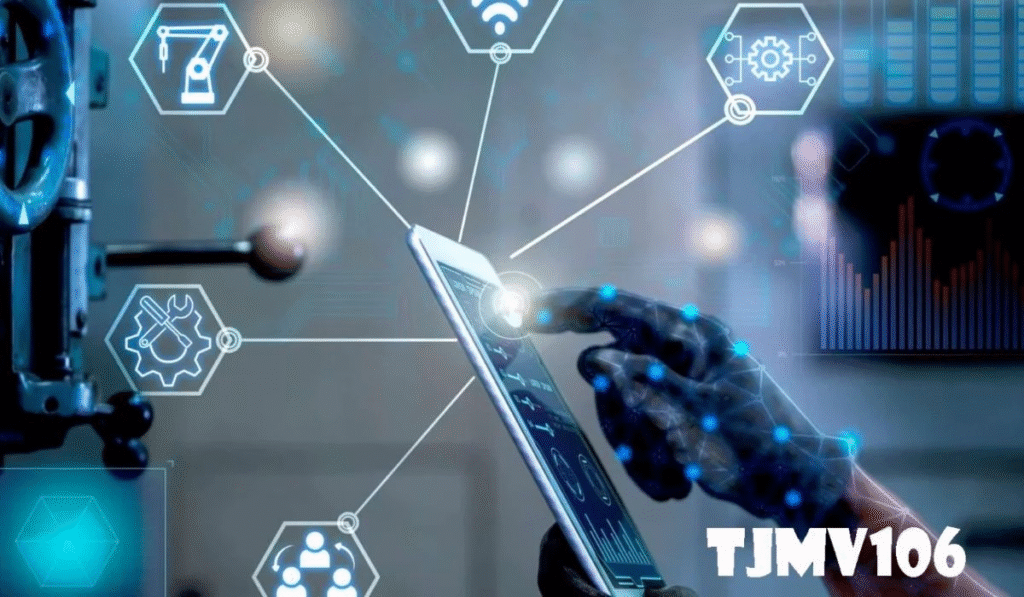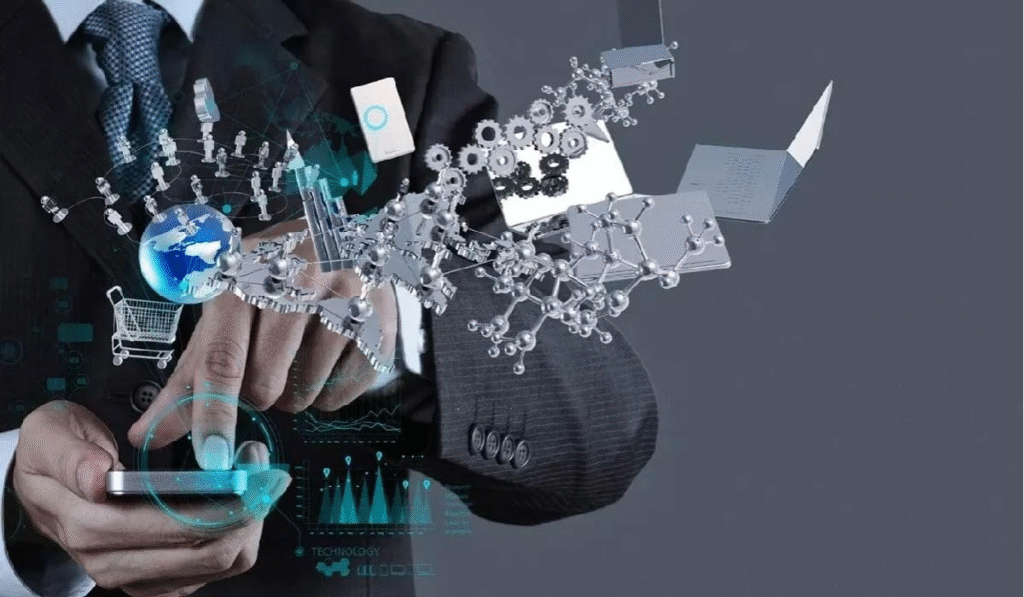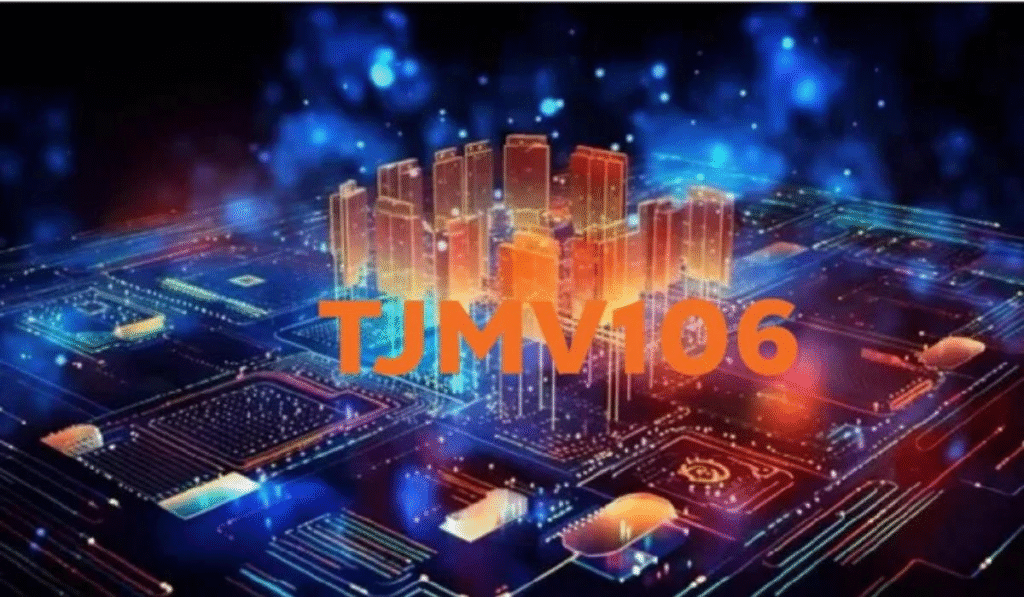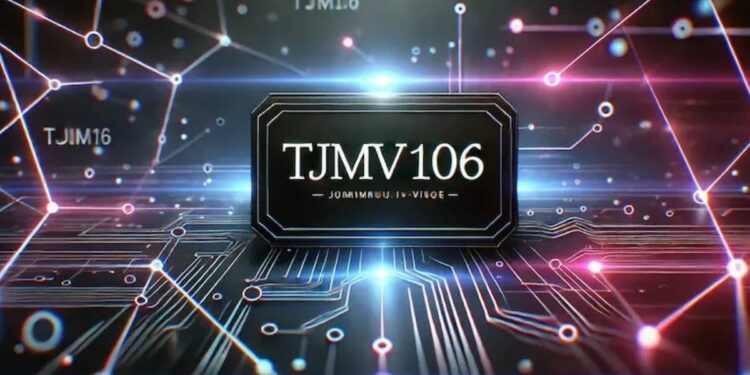In today’s fast-paced business environment, TJMV106 is emerging as a pivotal innovation that is reshaping industries worldwide. From technology-driven enterprises to traditional businesses, represents a breakthrough approach that allows organizations to innovate, improve efficiency, and maintain competitiveness. It is not just a concept but a framework through which businesses can analyze, adopt, and implement modern solutions that drive measurable growth. The impact of spans various sectors, including healthcare, finance, manufacturing, retail, and education, highlighting its universal relevance.
The power of TJMV106 lies in its ability to integrate multiple technological innovations under one comprehensive framework. Companies leveraging can streamline operations, reduce costs, and enhance customer experiences simultaneously. Unlike isolated technologies that address singular issues, focuses on creating systemic improvements by combining artificial intelligence, cloud computing, advanced robotics, and big data analytics. This multifaceted approach enables businesses to adapt quickly to market changes and technological disruptions while staying ahead of competitors.
Artificial Intelligence and TJMV106
Artificial intelligence has been one of the most transformative technologies of the modern era, and its integration with TJMV106 is particularly noteworthy. By embedding AI into the framework, businesses can automate complex decision-making processes, analyze massive datasets, and predict trends with unprecedented accuracy. For instance, AI-powered predictive analytics under can identify emerging consumer needs, optimize inventory management, and enhance operational efficiency. These capabilities allow companies to make data-driven decisions that improve performance and profitability. The combination of AI and TJMV106 is redefining how businesses approach problem-solving and innovation.
Cloud Computing and TJMV106

Cloud computing is another cornerstone of TJMV106 innovation. The scalability and flexibility offered by cloud technologies allow organizations to store and process large volumes of data efficiently. Within the ecosystem, cloud computing supports real-time collaboration, seamless integration of applications, and cost-effective infrastructure management. Businesses adopting can leverage cloud solutions to deploy software updates quickly, manage distributed teams effectively, and maintain operational continuity even during unexpected disruptions. This integration has proven especially valuable for industries that require rapid scaling and agile business models.
Advanced Robotics under TJMV106
The integration of advanced robotics within TJMV106 is transforming production and service delivery. Robotic systems equipped with artificial intelligence and machine learning capabilities can perform repetitive or high-risk tasks with remarkable precision. Within the framework, robotics enhances productivity, reduces human error, and improves workplace safety. Manufacturing, logistics, and healthcare sectors have particularly benefited from-driven robotic innovations. By incorporating robotics into their operations, companies can streamline production lines, reduce operational costs, and provide more reliable services to their customers.
Big Data Analytics and TJMV106

Data is the new currency of the modern economy, and TJMV106 leverages big data analytics to generate actionable insights. By analyzing structured and unstructured data from multiple sources, businesses can identify patterns, predict market trends, and develop strategic plans. The approach ensures that data analytics is not limited to reporting but is used to drive innovation and improve decision-making processes. Companies implementing-based analytics can optimize marketing strategies, enhance customer experiences, and develop products tailored to specific market demands, resulting in higher customer satisfaction and loyalty.
Internet of Things and TJMV106
The Internet of Things (IoT) is reshaping the way businesses interact with their environments, and TJMV106 plays a pivotal role in optimizing IoT applications. Connected devices generate real-time data, which can be analyzed within the framework to improve operational efficiency and reduce costs. In industries such as agriculture, manufacturing, and healthcare, enables organizations to monitor equipment, track performance, and detect anomalies before they escalate into problems. The integration of IoT with ensures that businesses operate more intelligently and respond proactively to challenges.
Cybersecurity and TJMV106

As businesses become more digital, cybersecurity becomes a critical concern, and TJMV106 addresses this challenge through comprehensive risk management strategies. The framework incorporates advanced encryption techniques, threat detection algorithms, and secure access controls to protect sensitive information. By integrating cybersecurity within, organizations can safeguard their operations against cyber threats while maintaining trust with clients and partners. The proactive approach of ensures that companies can innovate confidently without compromising data integrity or privacy.
Blockchain and TJMV106
Blockchain technology is revolutionizing transactional processes, and its adoption within TJMV106 further enhances transparency, security, and efficiency. By leveraging decentralized ledgers, companies can track transactions, verify authenticity, and reduce reliance on intermediaries. ensures that blockchain applications are implemented effectively, allowing organizations to streamline supply chains, improve contract management, and foster trust among stakeholders. The convergence of blockchain and highlights the framework’s ability to integrate emerging technologies for tangible business benefits.
Digital Transformation Strategies with TJMV106

The overarching impact of TJMV106 is seen in digital transformation strategies. Companies that implement experience enhanced agility, innovation, and competitiveness. The framework provides a structured approach to adopting emerging technologies while ensuring that organizational processes remain aligned with strategic goals. Businesses embracing are better positioned to respond to industry disruptions, capitalize on new opportunities, and maintain long-term growth. This holistic approach distinguishes from other technology adoption models, making it a valuable tool for modern enterprises.
The Future of TJMV106 Across Industries
Looking ahead, the influence of TJMV106 is expected to expand across multiple sectors. From healthcare and education to finance and manufacturing, organizations that integrate are likely to gain a competitive edge. The framework not only facilitates technological adoption but also encourages a culture of continuous improvement and innovation. As industries evolve, will continue to serve as a roadmap for sustainable growth, operational efficiency, and transformative innovation, making it a cornerstone of modern business strategy.
Conclusion
In summary, TJMV106 represents a groundbreaking approach that merges advanced technologies, strategic thinking, and operational efficiency into a single framework. Its applications in artificial intelligence, cloud computing, robotics, big data, IoT, cybersecurity, and blockchain demonstrate its versatility and transformative potential. Businesses that adopt gain a competitive advantage by optimizing operations, enhancing decision-making, and fostering innovation. As industries continue to face rapid technological changes, will remain an essential driver of progress and industry transformation.
Frequently Asked Questions
1. What is TJMV06?
- TJMV106 is an innovative framework that integrates multiple emerging technologies to enhance business operations, improve efficiency, and drive industry transformation.
2. How does TJM16 benefit businesses?
- Businesses leveraging TJMV106 experience improved decision-making, operational efficiency, cost reduction, and the ability to adopt disruptive technologies effectively.
3. Which industries can implement TJV106?
- TJMV106 is applicable across various sectors including healthcare, finance, manufacturing, retail, education, and logistics, providing universal benefits.
4. How does TJMV16 incorporate artificial intelligence?
- Within TJMV106, artificial intelligence is used for predictive analytics, automation of tasks, trend analysis, and improving operational efficiency.
5. What is the future potential of TJMV10?
- The future of TJMV106 includes widespread adoption across industries, fostering innovation, digital transformation, and long-term competitive advantage for organizations.


















